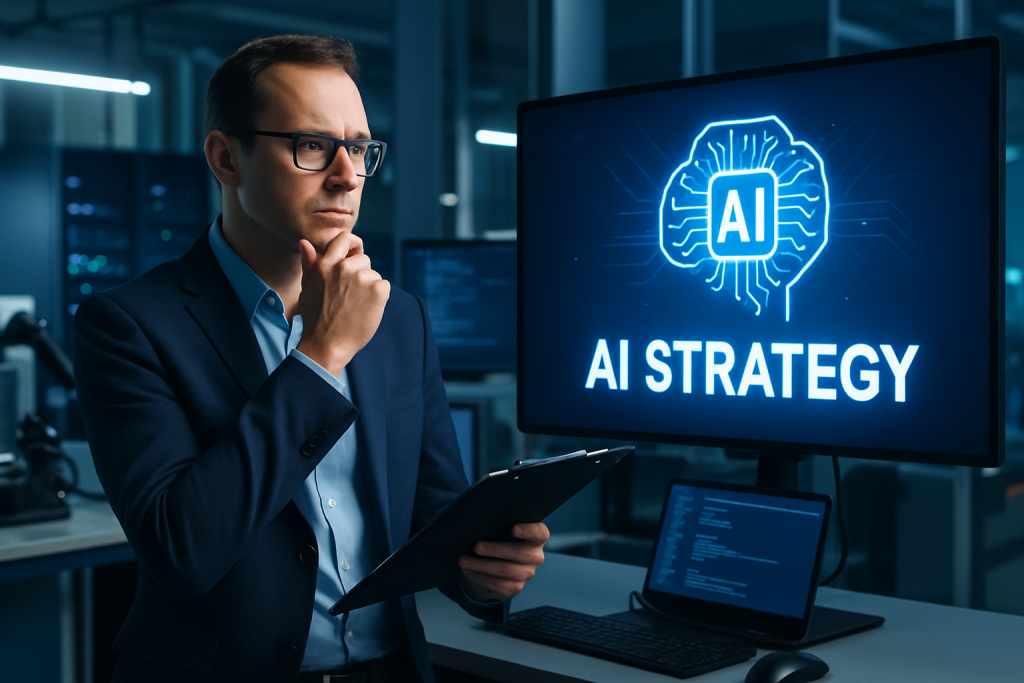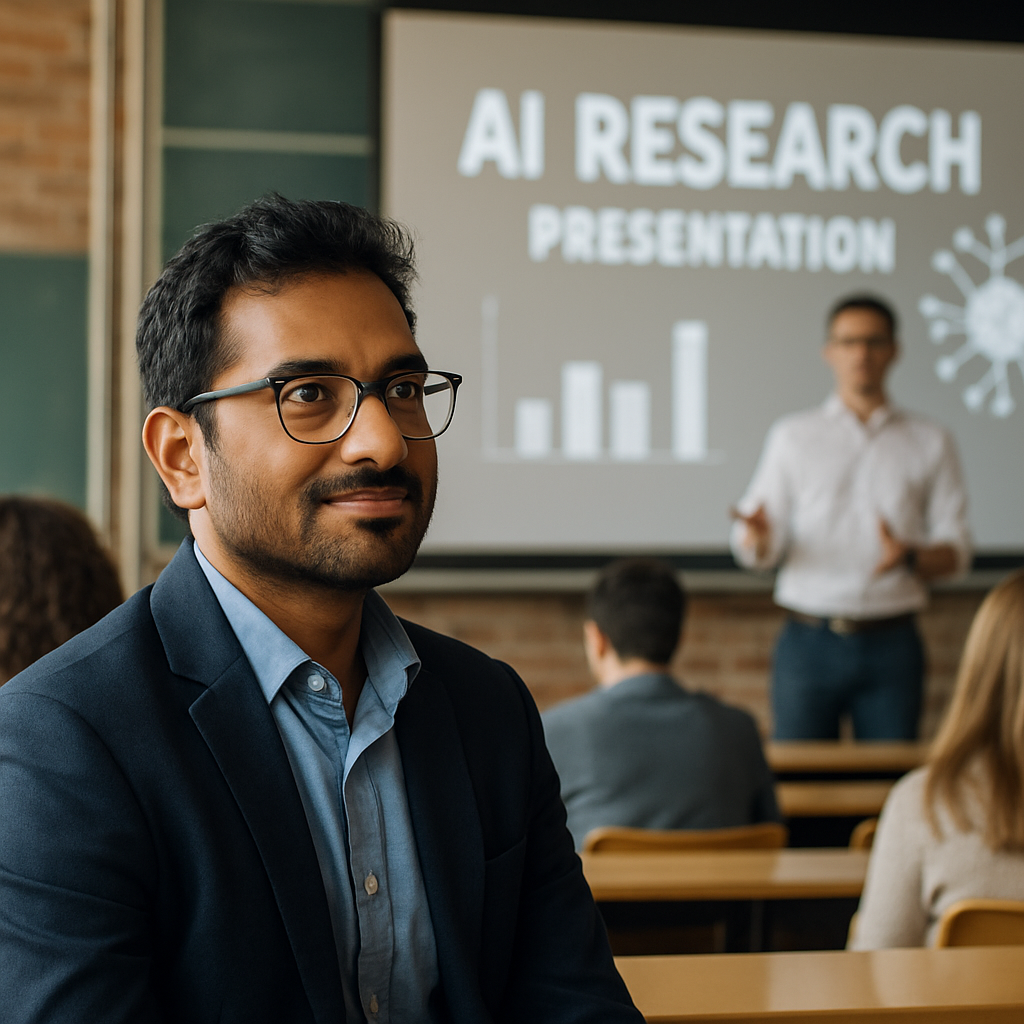Rishabh Agarwal, a prominent AI researcher with IIT Bombay roots, has departed Meta’s Superintelligence Lab after only five months. His exit sparks fresh concerns about Meta’s ambitious AI strategy and talent retention challenges.
The departure comes despite Agarwal receiving a lucrative million-dollar compensation package as part of Meta’s aggressive hiring push. His decision highlights growing turbulence within the tech giant’s high-profile superintelligence project.
Strategic Exit Signals Broader Industry Shift
Agarwal announced his departure on X, stating: “This is my last week at @AIatMeta. It was a tough decision not to continue with the new Superintelligence TBD lab, especially given the talent and compute density.” He cited embracing “a different kind of risk,” echoing Mark Zuckerberg’s advice on risk-taking in rapidly changing environments.
The IIT Bombay graduate with JEE All India Rank 33 brings impressive credentials. He holds a PhD in Artificial Intelligence from Mila–Quebec Artificial Intelligence Institute. His career journey began as a Saavn intern in 2016, progressing through Tower Research Capital, Google Brain, and DeepMind.
At Google Brain, Agarwal made significant reinforcement learning contributions. He co-authored research that won the NeurIPS 2021 Best Paper Award and helped achieve human-level AI performance on Atari games. His work popularized offline deep reinforcement learning through influential papers.
Why It Matters Now for Meta’s AI Ambitions
Agarwal’s resignation aligns with other high-level exits from Meta’s AI division. Reports indicate at least three notable researchers have left recently, including Avi Verma and Ethan Knight, both returning to rival OpenAI. This talent exodus raises questions about Meta’s ability to execute its superintelligence vision.
During his brief Meta stint, Agarwal pushed frontiers in post-training for “thinking” models. He achieved near DeepSeek-R1 performance using an 8B dense model with reinforcement learning scaling. His team developed synthetic data mid-training techniques and improved on-policy distillation methods.
Meta has invested heavily in assembling top-tier AI talent through competitive million-dollar packages. However, retaining this expertise proves challenging. Company spokesperson Dave Arnold downplayed concerns, stating: “During intense recruiting, some individuals decide to remain with their current employer—this is normal.”
Strategic Advantage or Growing Risk for Tech Giants?
The departures highlight broader industry dynamics. Elite AI researchers increasingly command premium compensation and strategic flexibility. Companies must balance aggressive recruitment with sustainable retention strategies.
Agarwal continues as Adjunct Professor at McGill University, maintaining his academic research contributions. His next move remains speculation, with possibilities ranging from entrepreneurship to returning to research institutions.
Meta launched its Superintelligence Lab just months ago with significant fanfare. The project aims to develop artificial general intelligence systems. However, early talent departures suggest execution challenges ahead.
What Business Leaders Should Know
This development underscores critical talent management lessons for technology leaders. Retaining knowledge capital in competitive AI fields requires more than financial incentives. Companies need aligned strategic visions, execution capabilities, and cultural fit.
The AI talent war continues intensifying across major tech companies. Organizations must evaluate their retention strategies beyond compensation packages. Cultural alignment, project autonomy, and long-term vision clarity become decisive factors.
Agarwal’s departure marks a significant moment for Meta’s AI ambitions. It also reflects broader implications for the AI industry, highlighting the delicate balance between innovation investment and human capital retention in rapidly evolving technology sectors.


